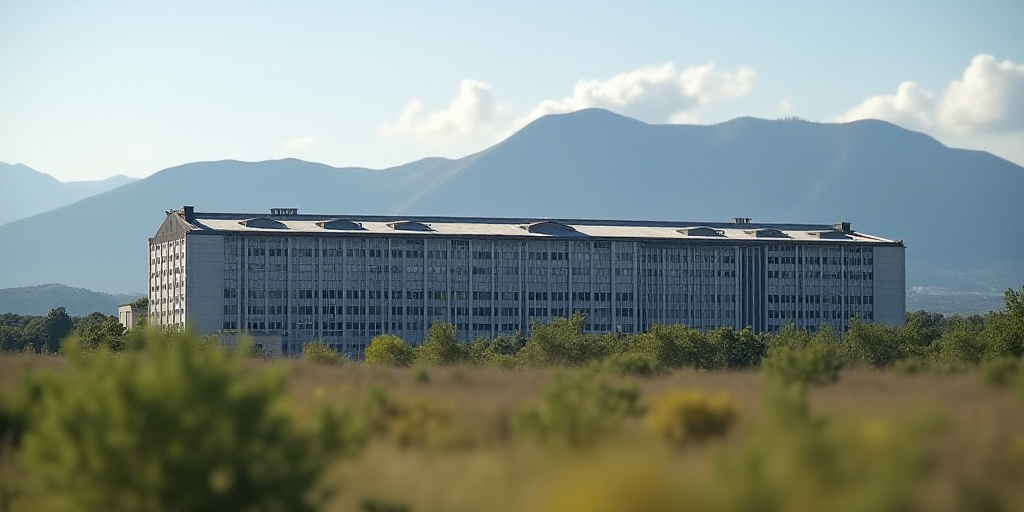Mexico City Emerges as a Key Logistics Hub
Amid tariffs and the ongoing trade war between the United States and China, Mexico City continues to thrive in its industrial warehouse occupancy and strengthens its position as one of the most important logistics centers in both Mexico and Latin America.
CBRE México’s Analysis
According to an analysis by CBRE México, the CTT corridor—comprising Cuautitlán, Tultitlán, and Tepotzotlán—is currently the primary driver of industrial activity in the metropolitan area, fueled mainly by the growing demand for spaces for logistics operations.
Francisco Muñoz’s Insights
Francisco Muñoz, Executive Vice President of Industrial and Logistics at CBRE México, explains that Mexico City has historically positioned itself as the premier distribution hub where nine out of ten tenants are related to logistics activities.
This strategic position is due to its geographical location, connecting key regions within the country, and the expansion of e-commerce, which continues to grow amid pressure on supply chains.
“The rise in e-commerce demand and the need for efficiency in supply chains have driven the demand for logistics sector operators,” Muñoz commented.
Logistics Hub in Mexico City
Currently, 76% of industrial inventory in the metropolitan area is concentrated in the CTT logistics corridor, reflecting its importance in space absorption. This hub has become the heart of logistics in the city, showcasing activity levels that stand out nationally.
Limited Available Space
During the first quarter of 2025, the CTT corridor recorded a gross absorption—including renewals, sub-leases, and pre-leases—of 198,000 square meters, representing 65% of the total activity in Mexico City.
This trend has persisted in previous periods: in 2024 alone, 47% of demand focused on spaces specifically dedicated to the logistics sector within this corridor.
A significant factor is the low vacancy rate. The CTT corridor reports historically low vacancy rates of 0.3%, equivalent to just 30,000 square meters available. This demonstrates the scarcity of ready spaces for immediate occupation.
Even with ongoing construction projects, many spaces are leased before completion: approximately 40% of the projects under construction already have secured tenants, ensuring that vacancy rates remain minimal throughout the year.
“The CTT will undoubtedly continue to be a significant cluster in the city thanks to the availability of industrial buildings with spaces tailored to various tenant needs. With strong demand and robust construction and planning projects, this area will remain in an expansion phase,” Muñoz pointed out.
Key Questions and Answers
- What is driving the demand for industrial warehouses in Mexico City? The growing e-commerce sector and the need for efficient supply chains have fueled demand for logistics operators.
- What percentage of industrial inventory is concentrated in the CTT corridor? Seventy-six percent of industrial inventory in the metropolitan area is concentrated in the CTT logistics corridor.
- What is the current vacancy rate in the CTT corridor? The CTT corridor reports a historically low vacancy rate of 0.3%, indicating limited available space.
- How does the ongoing US-China trade war impact Mexico City’s industrial warehouse market? Despite tariffs and the trade war, Mexico City’s industrial warehouse market remains robust due to its strategic position and growing e-commerce sector.






